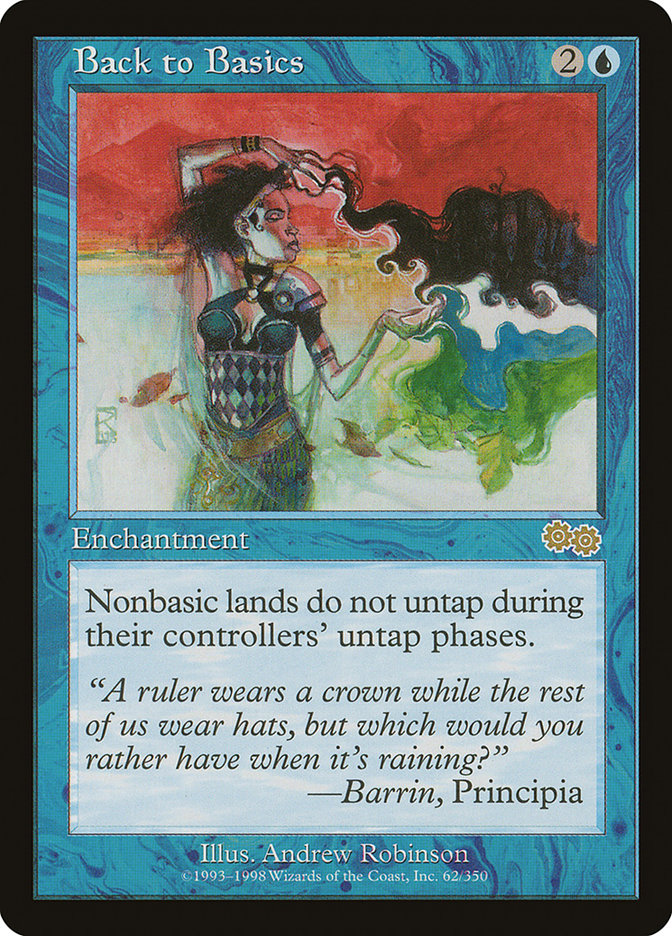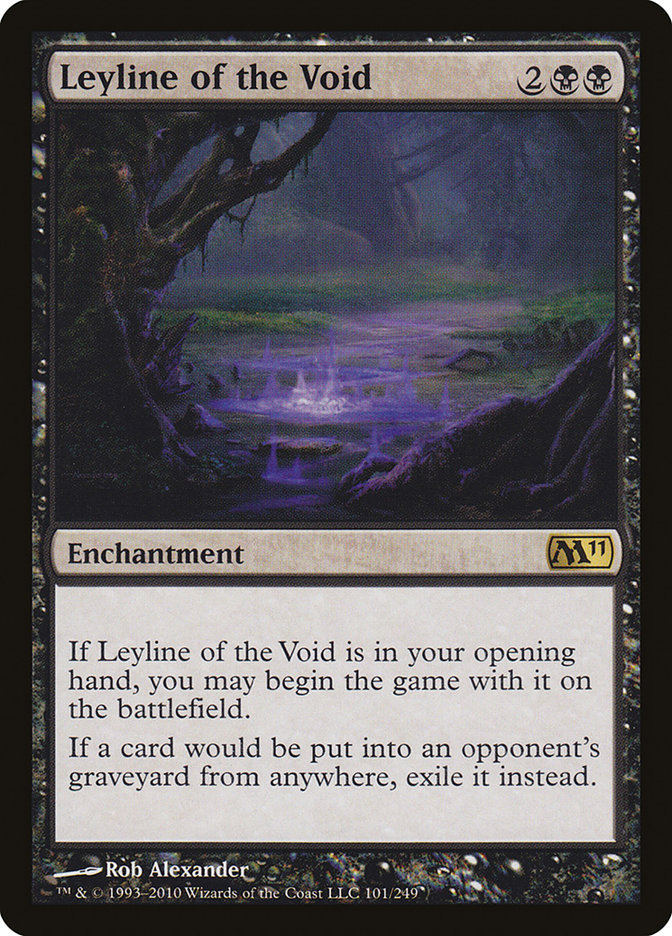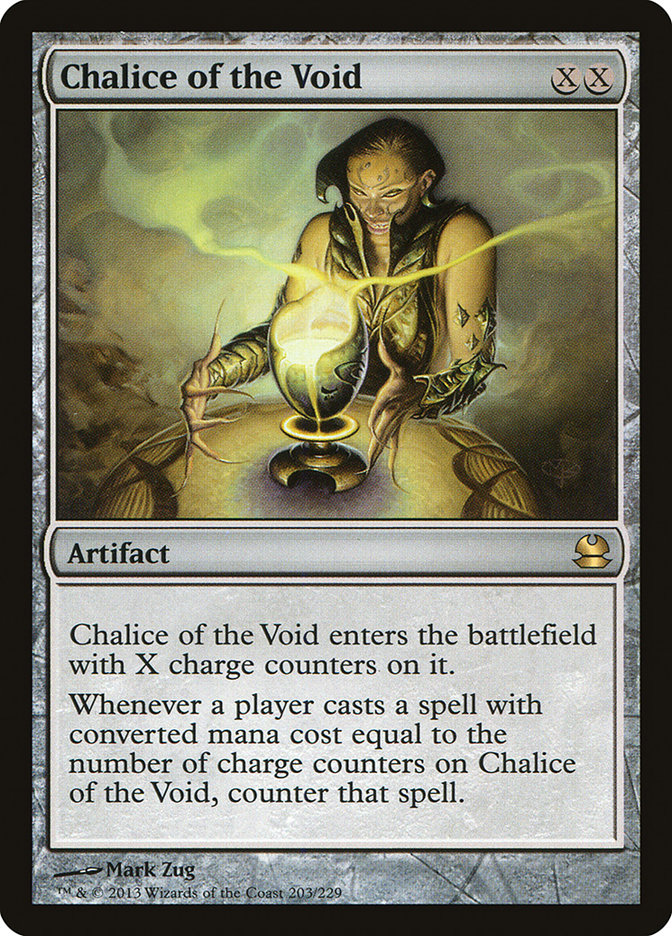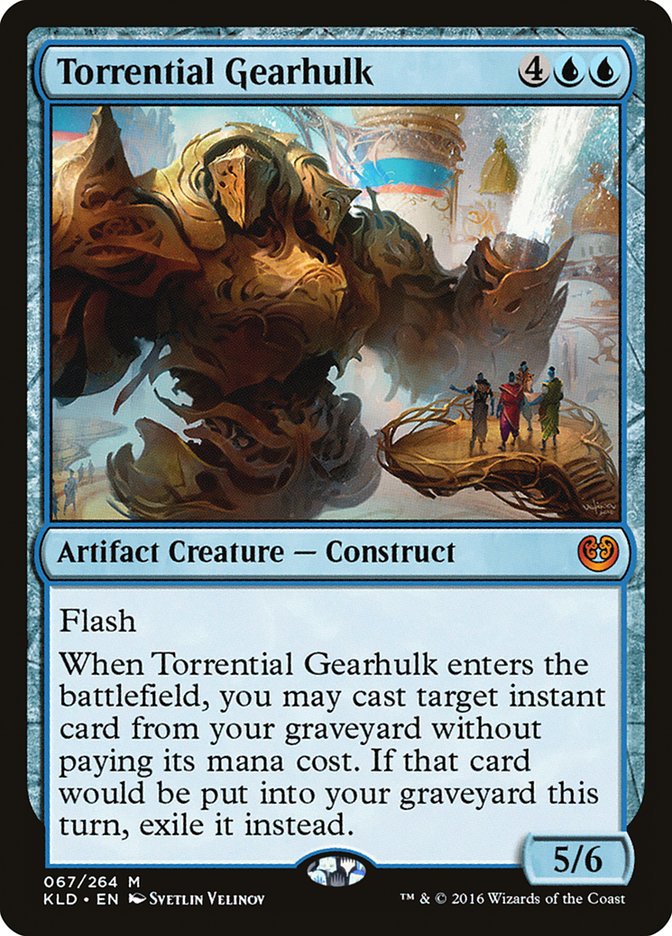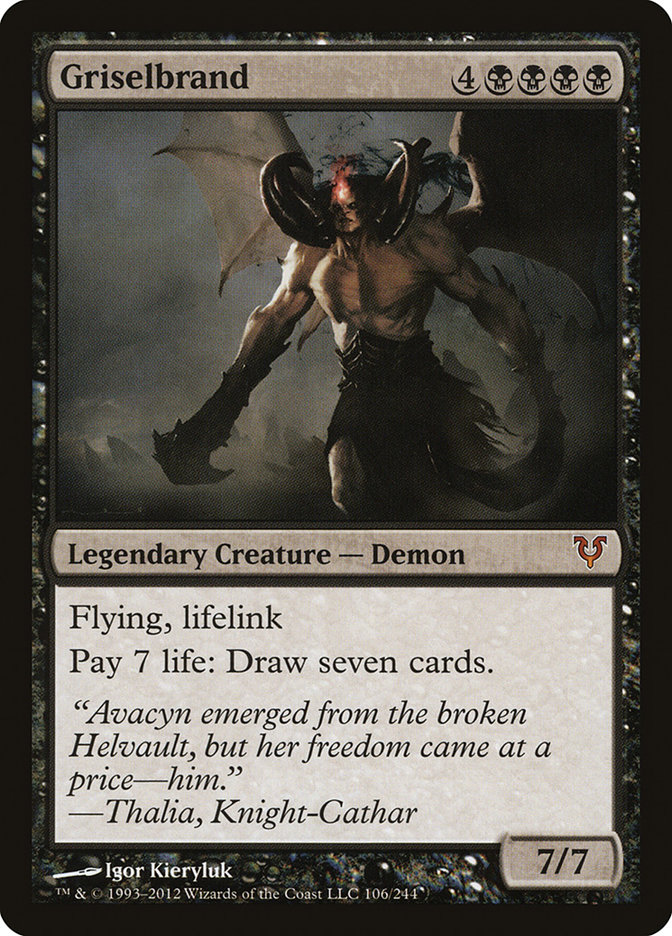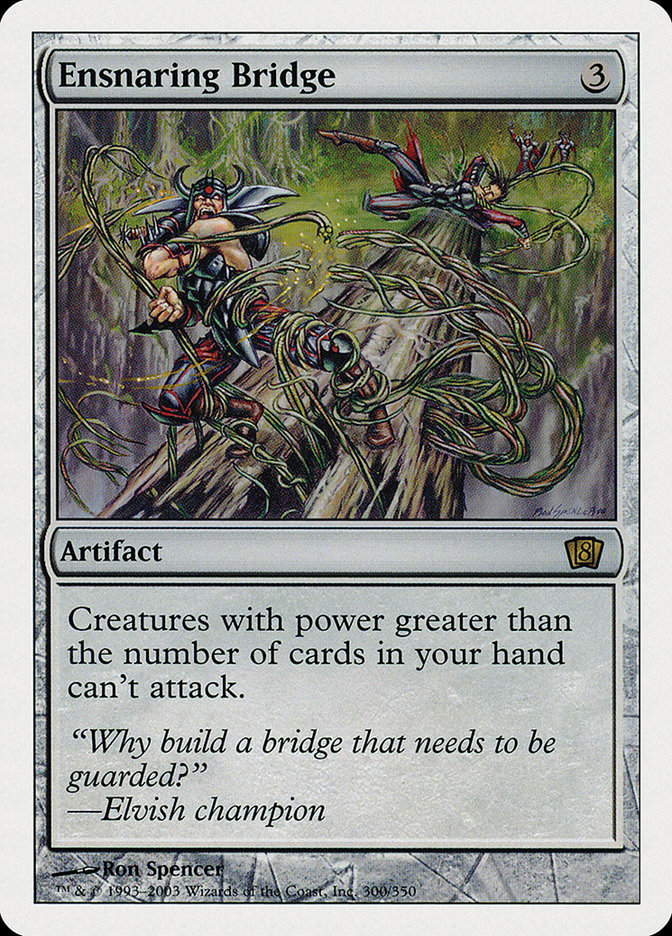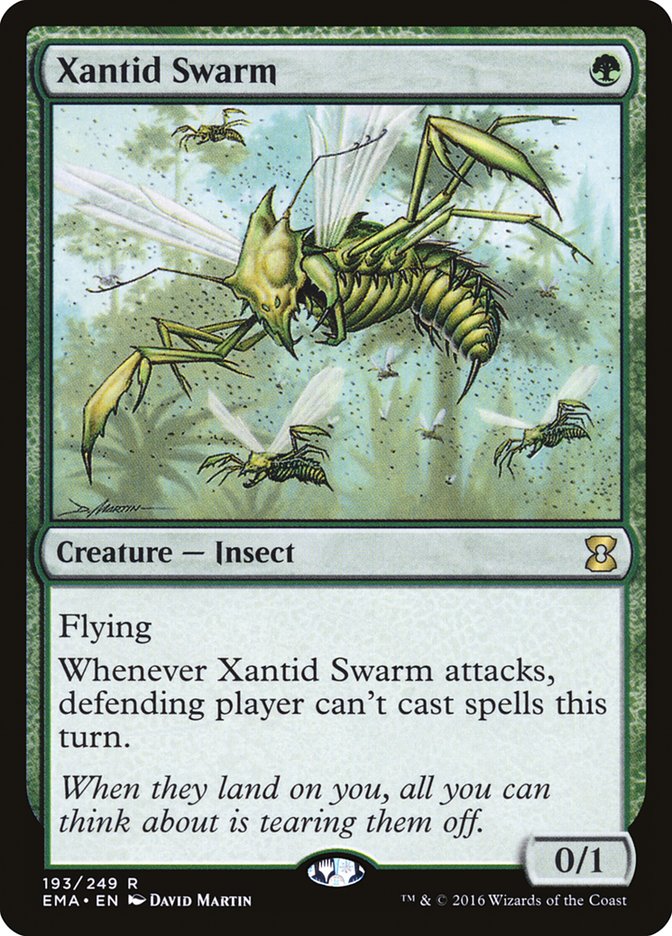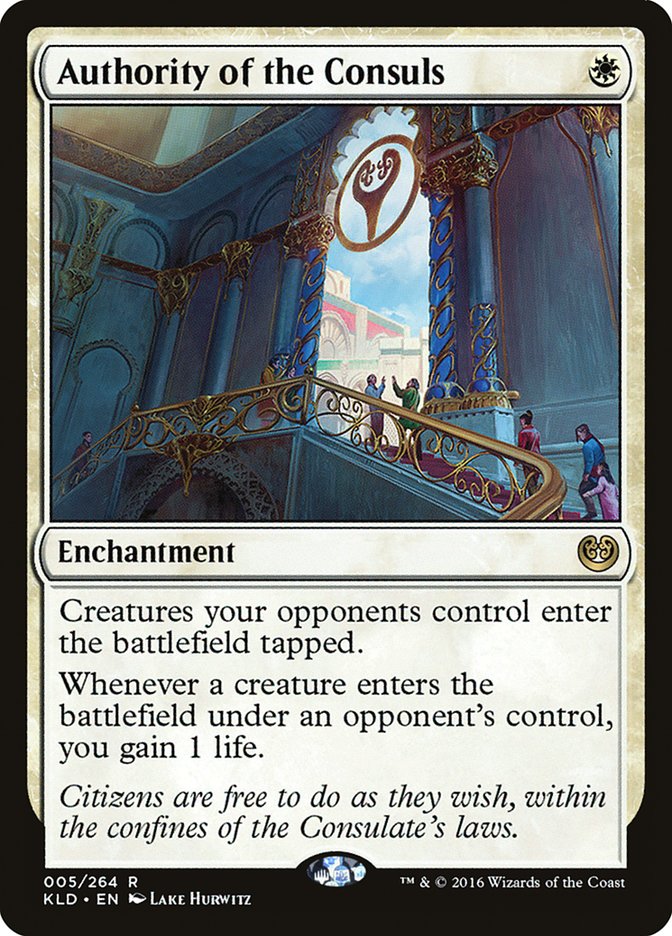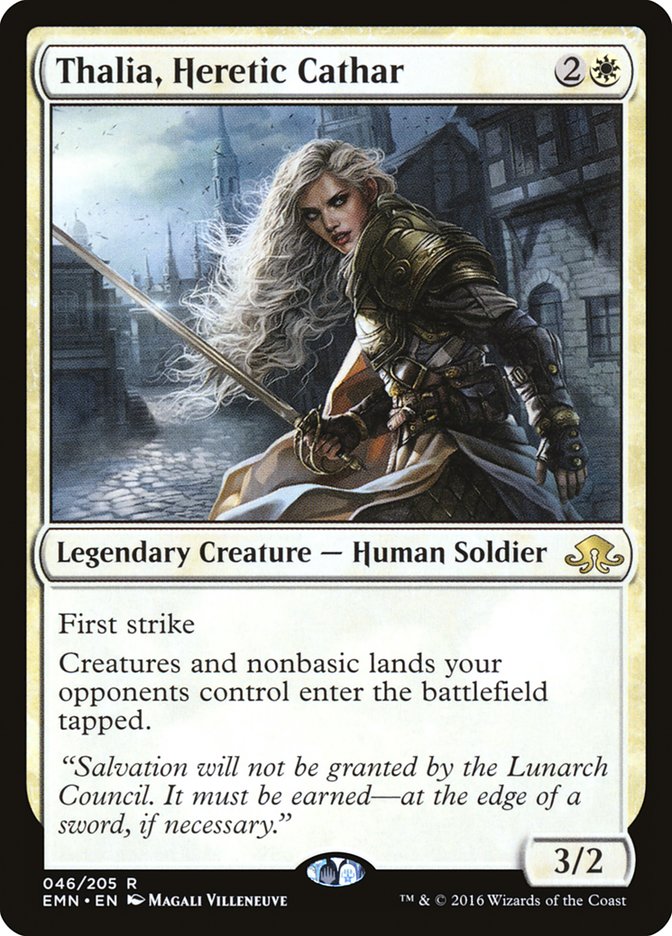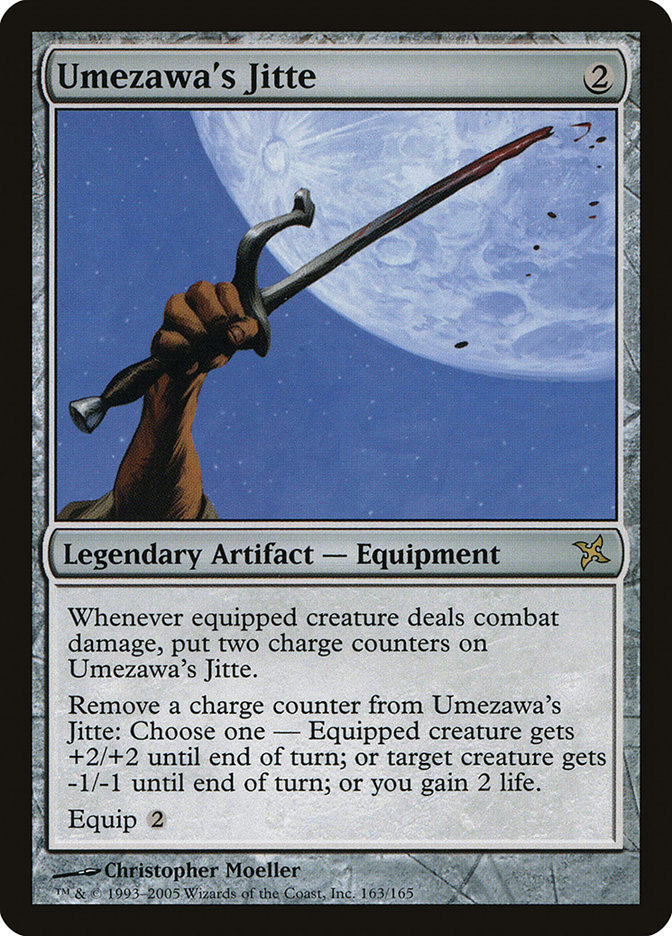The early Aether Revolt Standard metagame has formed, and to the surprise of precisely no one, the Saheeli Rai / Felidar Guardian combo is a huge part of it. Jeskai Saheeli and G/B Aggro are the two best decks for two weeks running now, and the Saheeli combo has also made its way into several four-color variants that are competing with the top tier.
Combo decks in Standard, outside of Ramp (which is a different animal), are a rarity in Standard these days. If they are powerful enough to be in the top tier of the metagame, then combo decks will play a large role in defining what is playable because you absolutely need to interact with them in a relevant timeframe. This is an obvious issue from a format diversity perspective, because those bounds are much stricter than the ones imposed by dominant aggro, midrange, or control archetypes.
But as players, our job is not to question why the cards are printed, however interesting indulging in such speculation may be; it’s to utilize them to maximize our expected win percentage. For those who’ve been playing for a while or participate in older formats like Modern or Legacy, combo decks are no stranger, but for newer players who focus on Standard with the occasional draft or casual Commander game, then dedicated combo decks are a new threat that requires completely re-evaluating the fundamentals of Magic.
Combo decks operate along an axis that largely ignores fundamental concepts like card advantage and tempo when defined in a traditional sense. These things still matter, but only within the context of being able to execute their combo because, once the combo is executed, the rest of the cards in the game are rendered irrelevant. A Jeskai Saheeli deck will gladly trade three cards for one removal spell if it clears the way for Felidar Guardian or ignore a growing army of creatures because they’ll be able to survive long enough to make a billion Cats. Fair decks don’t have this luxury, instead having to determine which cards are most and least relevant on a game-by-game basis.
That consistency of execution can be an advantage for combo decks, as most decks will have some number of irrelevant cards against them in Game 1, but it certainly makes playing and sideboarding against them interesting, so long as you are well-versed in the matchup. Today I am going to go over some of the key principles to keep in mind when playing against combo decks, whether Jeskai Saheeli in Standard, Infect in Modern, or Storm in Legacy.
Because of their non-interactive nature and their desire to create blowout wins, combo decks often get a bad reputation as “unfun” in Magic circles, but as a longtime combo enthusiast, I find the “solving a puzzle” aspect to playing with (and against) them to be just as, if not more, interesting than a drawn-out midrange attrition-fest. Hopefully these principles help to demonstrate why I’ve come back to them so often in my Magic career.
Shifting Perspective
Most archetypes have a specific gameplan, but that gameplan revolves around fundamental resources in the game. Aggressive decks try to get ahead on tempo, control decks try to out draw their opponents and win on attrition. Midrange decks are somewhere in the middle but none of these archetypes is wholly dependent on one resource and generally they’re playing to the battlefield, attacking, blocking, using removal, etc. Typical Magic.
Combo decks throw all of this away in favor of winning through some other means. That means that the typical definitions of tempo and card advantage have to be redefined. The entire game now revolves around executing and defending against the combo and every exchange has to be evaluated based on how it contributes to those goals.
Against a midrange deck, tapping out for a big card draw spell leaves you open to them landing a key threat, but you should be able to answer it on your turn. Doing the same against a combo deck means the game may end. The entire risk-reward calculation changes and developing your ability to reevaluate your decisions under that lens is paramount.
The main change is that the power of your cards in a matchup is much more variable. A lot of your cards will be near-bricks, while a select few are incredibly important. The obvious examples are hate cards like Leyline of the Void against Dredge or Chalice of the Void against Storm, but things like Thought-Knot Seer or having your best opening from an aggressive deck also fall into this category. You’ll want to mulligan aggressively for these important cards, since they are worth much more than the cards you give up.
This creates a certain black-and-white nature to playing against combo, whereas most games of Magic are played in the vast gray areas in the middle. Importantly, this dynamic relaxes somewhat against hybrid combo decks such as Jeskai Saheeli. The strong backup plan in these decks means you have to consider normal dynamics alongside playing against the combo. In these situations, it’s easy to prioritize stopping the combo because of the fear of losing on the spot, but you have to consider whether or not overly conservative play will only end up losing to a Torrential Gearhulk.
If you are indeed weak to the backup plan, throw caution to the wind and hope for the best. It never feels good to leave yourself vulnerable, but sometimes it’s your best chance of winning. If you can reasonably win a normal gameplan then by all means play conservatively with regards to the combo. This is a classic playing to win vs. playing not to lose scenario, but the unfamiliar dynamic of a combo causes a lot of players to misevaluate it.
The Importance of Pressure
This is easily the most common mistake players make against combo decks. They look for their key disruption and spells and assume that their combo opponent will fold in the face of enough of them. But each turn yields another draw step; given enough time, combo decks will rebuild again and again until you’re dead. Without establishing a clock, you’re never 100% safe.
Of course, you’ll want to establish your clock as soon as possible so you can apply pressure while disrupting their first setup, leaving them little time to reload. That is why Delver decks have historically been the anti-combo decks of choice in Legacy. Being able to play a threat that can win the game by itself on turn 1 is invaluable in those matchups and allows you to avoid the awkward scenario from above where you have to take your guard down for a turn to tap out later in the game for your threat.
The reality is, though, as awkward as that scenario is, not having any pressure means your combo opponent can bide their time, sculpt a perfect hand, and win through your disruption. When your opponent casts Saheeli Rai on turn 3, you need to pressure it or it’s going to beat you eventually. There is no point in losing to what’s on the battlefield to play around what might be in their hand.
Applying pressure also leaves you with more tactical options during the game. Normally you’d like to save your disruption for key parts of the combo, but if the game is ending in a turn or two, you can use that disruption more aggressively, countering a Torrential Gearhulk or one half the the Unbeatabilibuddies (Wirewood Symbiote and Elvish Visionary). In the best-case scenario, your pressure beats them all by itself in a flat-out race. The common wisdom is that combo races aggro, but you’d be surprised by how many games you can take coming from the other side if you commit to racing.
Keys for Disruption
But if you can’t race, you’re going to have to disrupt them to some degree. The common pitfall to avoid here is depending on disruption that still allows your opponent to execute their combo. Think about playing Ensnaring Bridge against Sneak and Show. You’ll catch them unprepared sometimes, but most often they’ll just find a Griselbrand, draw fourteen cards, and find an answer to it. You really need to stop their big creature from entering the battlefield in the first place.
A less intuitive example occurred recently with Modern Dredge. Grafdigger’s Cage was a popular hate card as Dredge was ascending in the metagame, since it could fit into most decks and was also helpful against Collected Company decks and some other fringe strategies, but relying on the card too heavily left you vulnerable in two ways. First, once your opponent answered it, they would have a stocked graveyard ready to immediately put a ton of creatures onto the battlefield. Second, it didn’t affect the backup plan of casting giant Golgari Grave-Trolls.
Cards like Surgical Extraction and Ravenous Trap became more popular as players tested the matchup and understood the importance of taking away their graveyard itself rather than the ability to recur cards directly from it.
It’s also important to have a mix of disruptive options so your opponent can’t easily sideboard answers for all of them without significantly weakening their own strategy. Combo decks are the most rigid in terms of deckbuilding space because they need to devote a lot of slots to their gameplan, so every card you make them cut decreases their speed and consistency, shifting the needle in your direction. Having just counterspells against Storm means that Xantid Swarm and discard spells will be sufficient. Adding discard spells to your disruption makes it difficult for them to trim from their own engine, so they are forced to underprepare for your counters.
Permanent answers are generally the most powerful but can often be removed from the battlefield in post-sideboard games. Things like Authority of the Consuls are popular because Jeskai Saheeli decks are less likely to be able to remove it, but I’d rather the permanent be a creature like Thalia, Heretic Cathar to create pressure than merely be difficult to remove. Forcing your opponent to have an answer to your hate card, even a common one, makes it significantly more difficult to find what they need, since the added pressure decreases the amount of time they have to find it.
Know What They’re Capable Of
I noted in the intro that many players aren’t familiar with combo decks because they don’t appear in Standard that often, but you’d be surprised at how many regular Modern and Legacy players also make these mistakes. Some people just like playing midrange grind fests and a lot of combo decks are perceived as unfun, so players don’t test those matchups as much as they should. Instead, they convince themselves that jamming a few untested hate cards will be enough and get on with their midrange life.
But having an intimate knowledge of how fast your combo opponent’s average draws are and having a sense of what they are capable of from a given position is the only way you can properly employ the principles I’ve laid out above. With Saheeli combo in Standard, this question is fairly easy, since they can win as soon as turn 4 and cast both pieces at once as early as turn 6, but do you know how fast the average Infect or Dredge draw is? How likely are those two decks to win by turn 2? 3? 4?
What about Legacy Elves? I had a Merfolk opponent years ago whose lack of knowledge of my deck was his undoing.
Story Time!
I’m playing Elves against Merfolk in the Top 8 of a Legacy tournament. My draw is excellent in Game 1 and I win on turn 2, the absolute fastest most Elves lists can win. After a close match that I won in three games, my opponent revealed that he did not bring in Umezawa’s Jitte because he felt it would be too slow.
It sounds ridiculous, I know, but if Elves were a turn 2 combo deck, then it makes some sense. The game is likely to be decided before Umezawa’s Jitte takes control, so you might as well focus on other forms of disruption. But in reality, Elves typically wins between turns 3 and 4 when not disrupted, so slowing them down by a single turn gives you an easy window to resolve and trigger Umezawa’s Jitte.
Story Time is over. Go back to your seats.
So please, test against combo decks as hard as you would against anything else. You can also help yourself get a better feel for opposing combo decks by goldfishing them to familiarize yourself with the mechanics of a deck and its raw speed.
Once you know what your opponent is capable of, you can confidently tap out when you recognize a slow start and you’ll have a better sense of what cards to target with your discard and counterspells. Combo players rely on their opponents not having a good understanding of their decks, so don’t give up this edge.
I’ve never really understood the hate that combo decks get. The puzzle-solving aspect of them is often very interesting, and seeing cards come together in strange but immensely powerful ways is satisfying from both a deckbuilding and play experience. The early results suggest that Saheeli Rai / Felidar Guardian may be a little too strong for Standard, but I’m glad to see the archetype return to Standard so newer players can experience all of what Magic has to offer.


